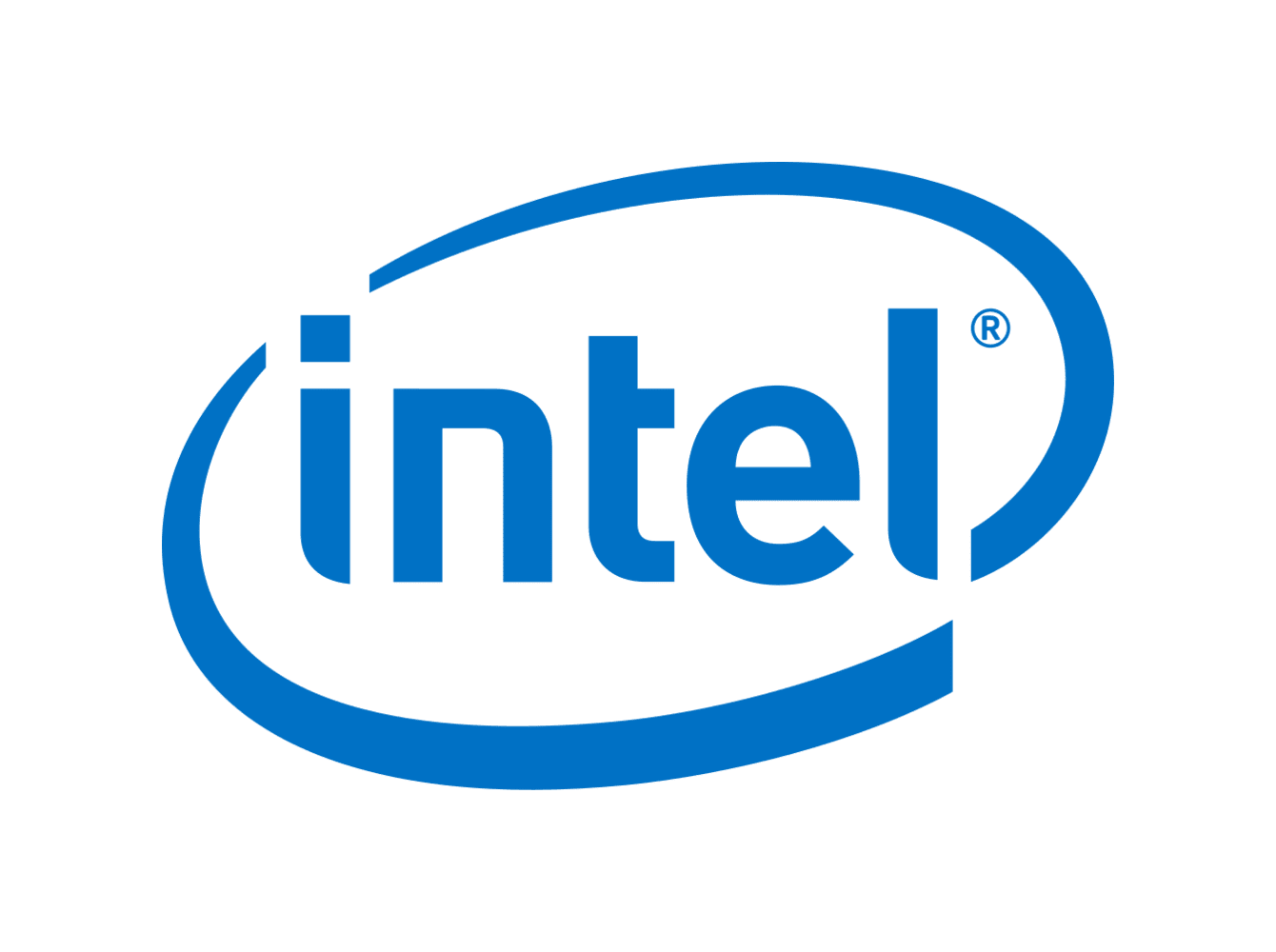
1·
1 year agoServer side from almost non-existence to close to 25% in about 5 years is actually very impressive, given the specific market tends to be rather conservative and has a lot of inertia to steer for your favor.
The server market is the fattest segment, Intel needs to get its $hit together, this is very alarming.

Temp vs power, knowing the temp without the power number is rather meaningless. Also no one knows about your “real life use”, someone runs them for product, some uses them for gaming. You can definitely undervolt, but in all core work load, your CPU will still try to run against PL to sustain indicated boost number. Unless you hit a major silicon lottery and let’s say you can run 5.6ghz at 1.23V, the power draw in all core bench will still be high. You will save a lot of energy in lighter loads tho, thus better temp.
Most cooler/waterblock has a limit between 250W-300W without deliding the CPU(low 20 ambient, case config varies). The hard limit/bottleneck occurs at the IHS. For example I have a 13700K with Optimus Signature block with 2x 280mm rad (tho in a small hot case), I cannot run at 300W without throttling.
Also note most people reporting typically cite a software-displayed power number but in reality on-die Vcore is often much lower, a lot of times people aren’t really running anywhere remotely close to high 200W when they say their CPU is running at only 80+C all core.
Realistically with U12A and 1000rpm, your limit is somewhere around 180-200W. Source: I used to run a Thermalright U120EX (which is almost identical to U12A) with 13700k. Tune in your undervolt offset/ VF curve, then starts to play with power limit and settle at the value that you are happy with the combination of both performance and noise level.